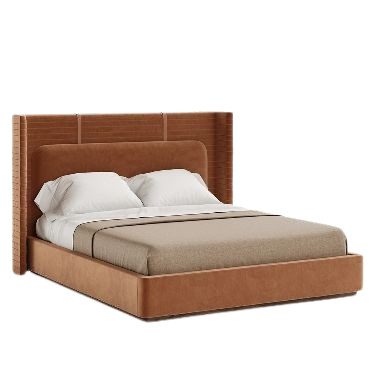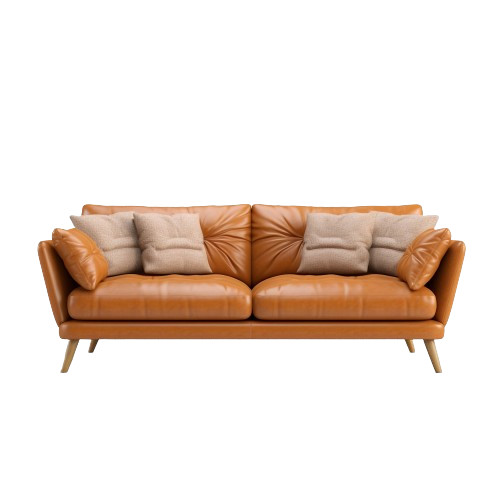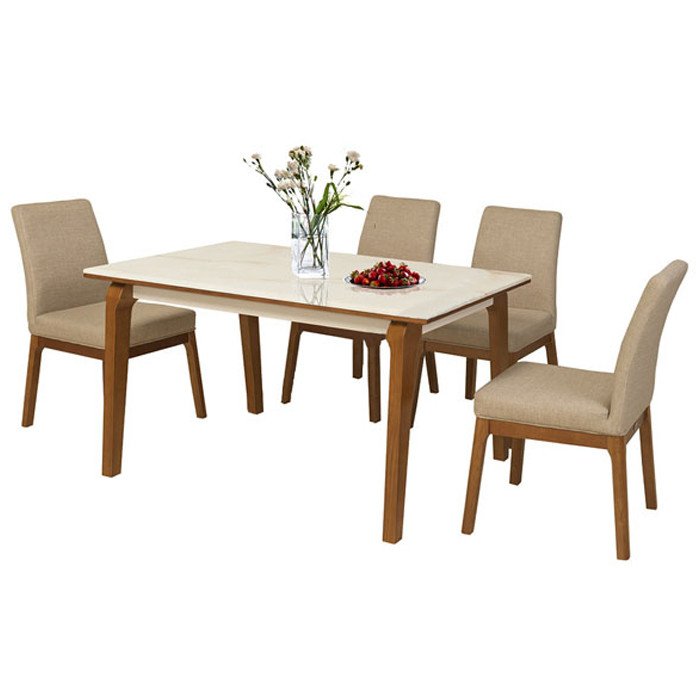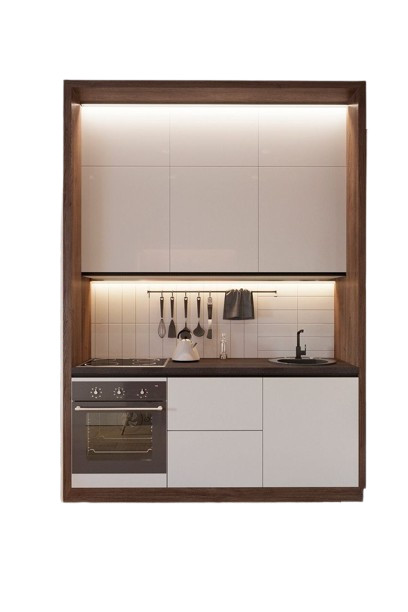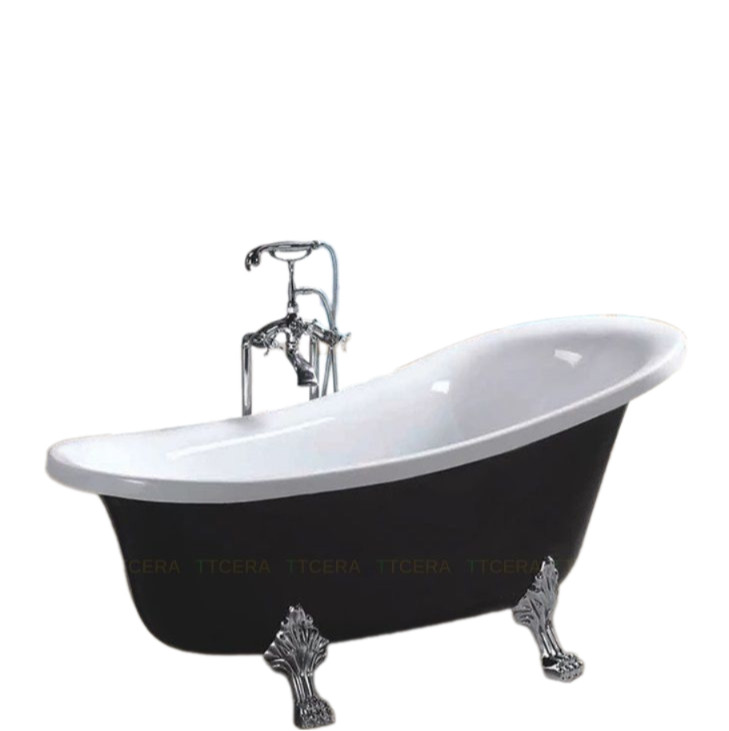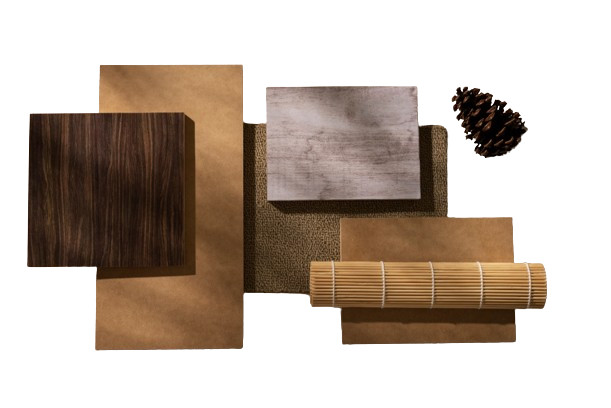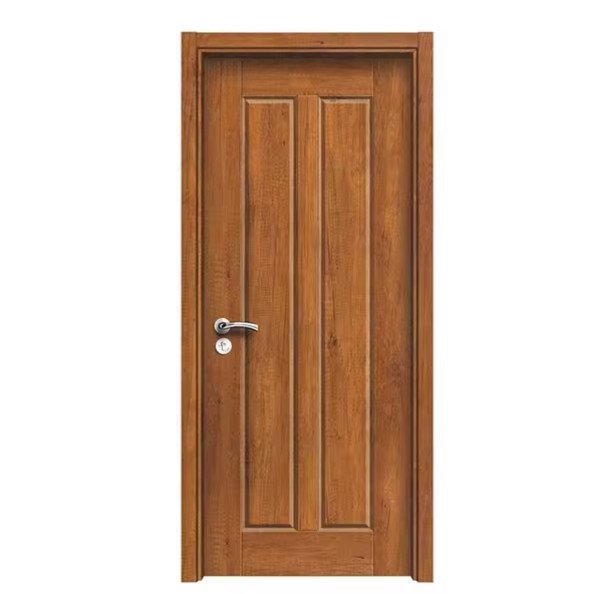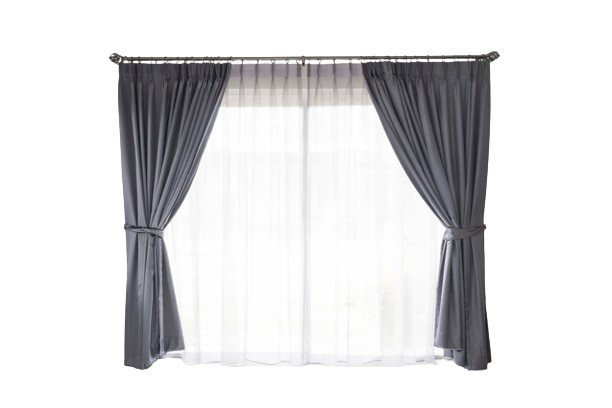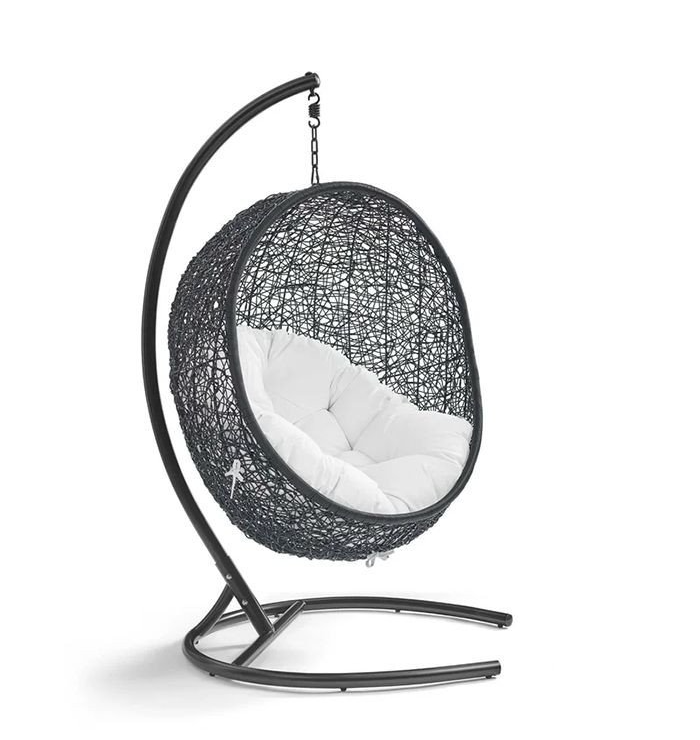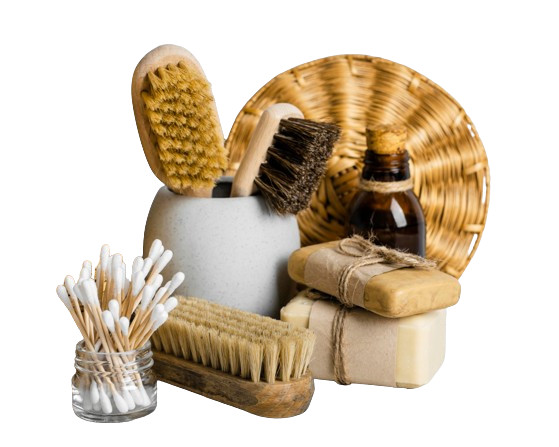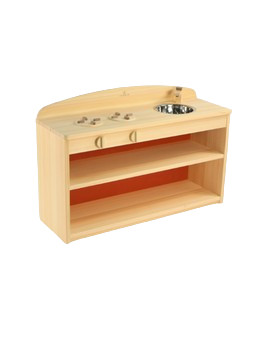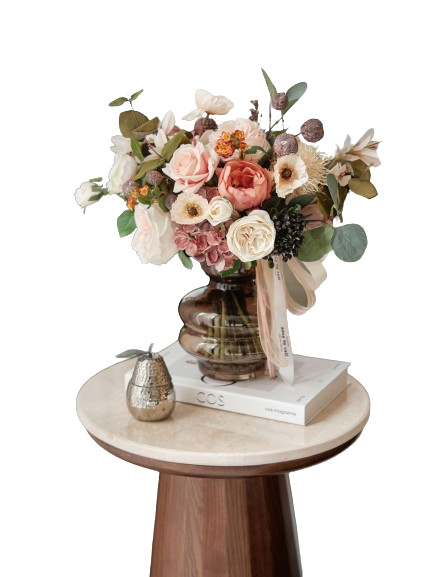DESIGNING A PET-FRIENDLY LIVING SPACE
Pet ownership is a trend that is steadily gaining popularity; small companions play a significant role in families. Because of this, when preparing to build a home, homeowners frequently concentrate on creating a more pet-friendly living area. The "pet-friendly space" that Adorn Museum refers to guarantees the well-being and health of pets in addition to their comfort. Furthermore, it is imperative to learn how to live in harmony with "upper lords" and "sens" in the manner of life. The following are some observations we have made when creating apartment and home designs for clients who have pets.
1. Design an airy living space
Since they spend most of their time at home, pets' living conditions are crucial to their comfort and health. Natural sunlight, air convection, ventilation, and comfort for playing, running, and jumping are necessary in areas where dogs and cats frequently congregate.


Pay close attention to the distance from the homeowner's sleeping and eating areas in particular. While one component guarantees pet safety, the other half is easily cross-infected and does not affect the homeowner's cleanliness or health. Interaction between people and cats and dogs is still necessary in communal living spaces like living rooms, balconies, and entrances, among other places. This serves as a means of communication so that the kids can sense their owners' affection and concern for them.
2. Choose materials and keep furnishings in a pet-friendly home in good condition
Because cats like to chew on furniture and scratch their claws, most people who own dogs or cats are quite worried about maintaining the interior, washing the fur, and getting rid of odors. Dog owners can choose steel, stainless steel, or copper-covered materials for furniture legs because their pets have a habit of gnawing on table and chair legs. You can choose Microfiber leather for the interior because it's easy to clean and will help keep fur odor-free. To protect the homeowner's health, it's also critical to use deodorizing essential oils and air purifiers in the living area.


Pets enjoy lying down on the living room sofa since it's a nice, comfortable spot and they can be near the owner. As a result, pick a material that inhibits hair adherence and keeps cats from scratching. For couches in homes with cats, microfiber velvet and leather are the two fabrics that are advised. Selecting a sofa with a bouncy feel and a non-stretchy surface is something else to keep in mind.


3. Use noise reduction tips
Your downtime at home is also impacted by your pet's activity and running habits. As a result, you should use some of the following advice to reduce the noise your pet makes during normal activities:
- To reduce the noise produced by moving pets, lay brick and stone flooring.
- In places where pets frequently run and leap, use fur rugs or thickly woven carpets.
- A sound-absorbing bedroom layout.



Choose the best noise reduction strategies for yourself based on your circumstances and aesthetic preferences, or consult with professionals in the fields of building and interior design for guidance.
4. Design a connecting space between the owner and the pet


A lot of homeowners decide to create a different play area for their pets inside their homes. because it's a common misconception that pets require their own private space. However, it is not quite how things work. If you look closely, you will see that both cats and dogs enjoy being close to their owners, whether it is through physical contact or just being in the same location. For instance, in the kitchen, living room, or desk. Pets frequently sit on their owners' laps or close to them as a sign of affection.


 Consequently, you do not always need to plan a separate room or play area for cats in flats with limited space. As an alternative, set up toys like sleeping pillows, hanging hammocks, Kat trees, and other things near them. It's okay where you usually sit.
Consequently, you do not always need to plan a separate room or play area for cats in flats with limited space. As an alternative, set up toys like sleeping pillows, hanging hammocks, Kat trees, and other things near them. It's okay where you usually sit.
5. Make sure the balcony and the main door area are secure
Dogs and cats adore the balcony area since it allows them to see the beauty outside and indulge their natural curiosity to explore their surroundings. They frequently slip out the main door to go for walks.


Because of this, homeowners should properly cover the balcony area and pay particular attention to the design of the house's main door. Cats living in high-floor flats have experienced numerous regrettable situations. Use a sliding door or double-layer door to prevent your pet from slinking out the main door. Because cats can wriggle quite a bit, you should choose thin wire mesh for balconies rather than braided wire.
ADORN MUSEUM
Location: O-1, TM.01, 1st Floor, Orchid 1 Tower, Hado Centrosa Garden No.200 3/2 Street, Ward 12, District 10, Ho Chi Minh City, Viet Nam.
Hotline: (+84) 28 3930 3428
E-mail: support@adornmuseum.com
Operation time:
8:30 - 17:30, Monday - Friday & 8:30 - 12:00, Saturday

